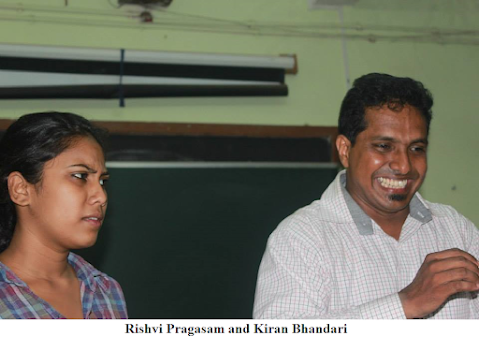Words Cannot Describe...

His drive to promote mime is evident in the fervour resonated in his voice. One of Goa’s own has taken the state to the international stage and still somehow remains unsung and uncredited for his contribution. Drupad Gaonkar, who spent about a month in Goa recently actively disseminating his artistry, became a mime artist at a later stage in his career. Earlier, all of Goa knew him as a dancer and a theatre person. Today he works as a researcher in mime perspectives and history at the Sri Aurobindo International Institute of Educational Research. He says, ‘I had a backdoor entry into mime. Earlier, I used to write plays, choreograph dance dramas, etc. I’m more of a teacher type. In my performing arts I would include many elements…including juggling. I always wanted to bring mime on stage.’ In 2004, Drupad had his first opportunity to focus entirely on mime when he was told that Isabel de Santa Rita Vás required someone proficient in the art at IFFI. Following this venture, he felt the





